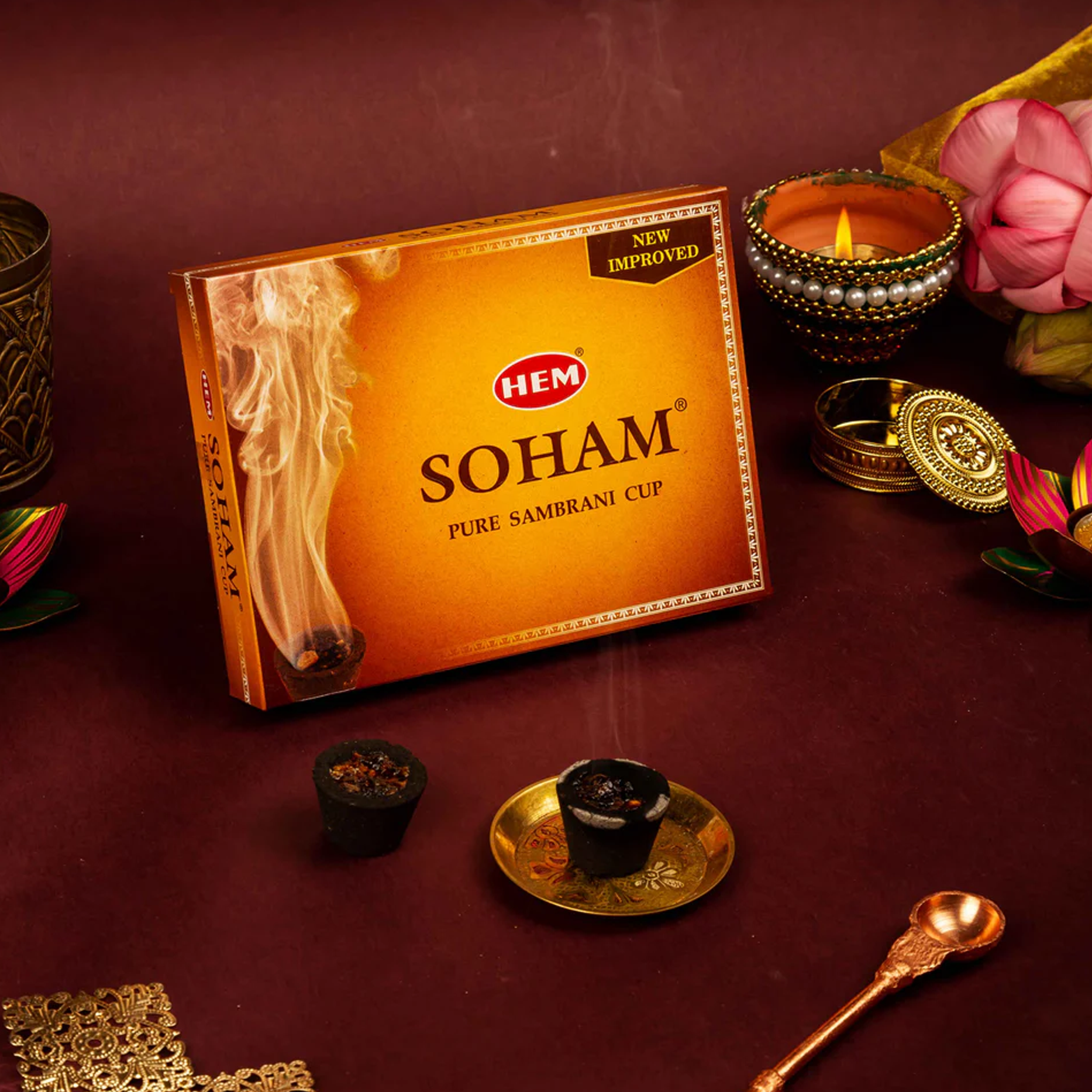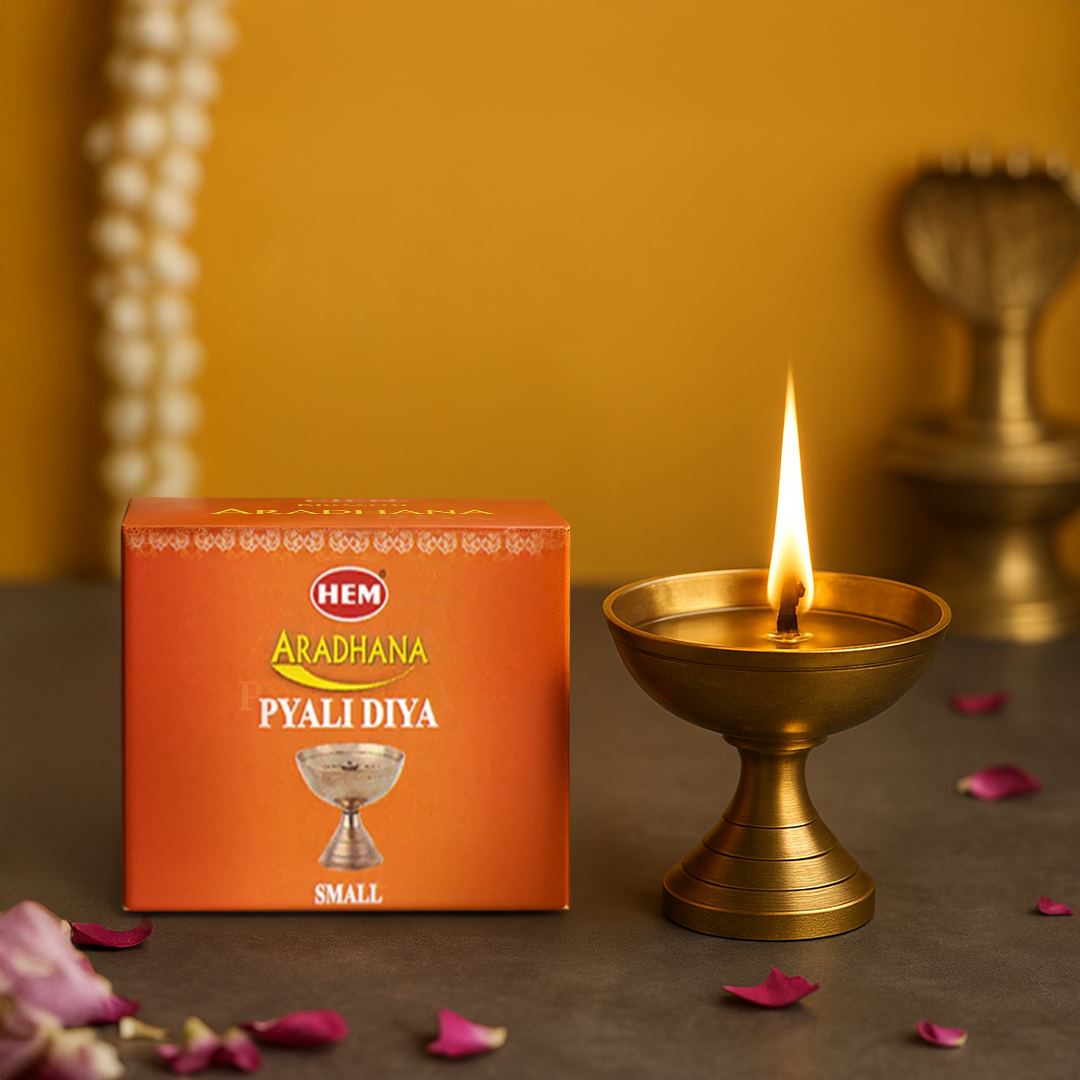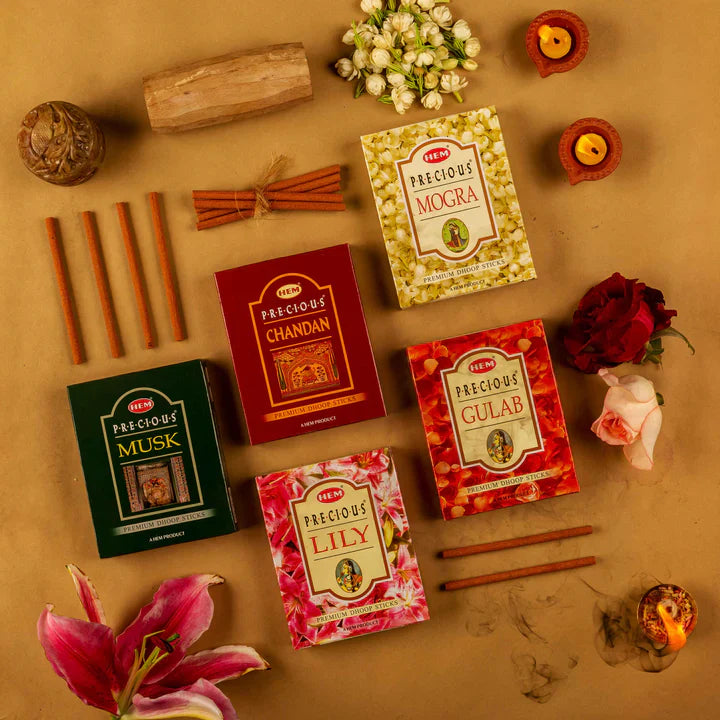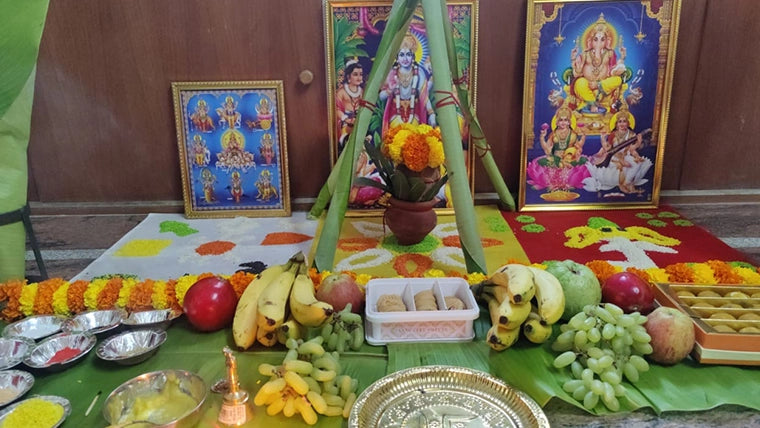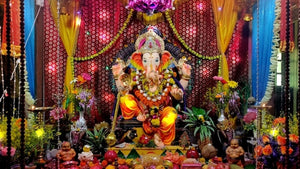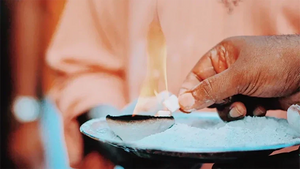Featured Image Credit: www.pitradev.com
Performing a Satyanarayan Pooja is a beautiful tradition to seek blessings for peace, prosperity, and overall well-being. Careful preparation is essential to ensure a smooth and meaningful ceremony. This detailed checklist provides a comprehensive guide to the necessary Satyanarayan Katha Samagri, assisting you through each item required for a successful and spiritually enriching pooja.
Understanding Satyanarayan Pooja
The Satyanarayan Pooja holds significant importance and is renowned for its potency. Typically conducted at the commencement of new ventures and during auspicious lunar phases such as Karthik, Vaishakh, Shravan, Chaitra Purnima, and Sankranti, this pooja is believed to fulfil desires and foster prosperity and happiness. Originating from ancient Vedic scriptures, particularly the Skanda Purana relayed by Suta Puranik to the sages in Naimisharanya forest, it provides detailed rituals and narratives of devotees who have attained abundance and enlightenment through Lord Satyanarayana's grace. As the embodiment of Lord Vishnu, performing this pooja at home is revered for promoting peace and prosperity in one's life.
Essentials for Satyanarayan Katha
To perform rituals properly, you'll need:
- Photos or idols of Lord Satyanarayana, Lord Ganesh, and Goddess Lakshmi.
- Satyanarayan Katha book
- Essential Satyanarayan Katha Puja Samagri
- Wooden Bajat or Patla for katha platform setup
- Brass, silver, or stainless steel diya
- Silver or copper Kalash
- Plates, glasses, and spoons made of silver, steel, or copper.
- A bell and conch
- Floor mats for the priest and the hosts.
Satyanarayan Puja Samagri List
- Red Cloth - 1/2 meter.
- Yellow Cloth - 1/2 meter.
- White Cloth - 1/2 meter.
- Cardamom - 10 grams.
- Clove - 10 grams.
- Attar (Perfume) - 5 ml.
- Aggarbati (Incense Sticks)
- Dhoop sticks or Dhoop Cones
- Matti Diya (Clay Lamp) - 1 unit
- Betel Nut (Supari) - 11 pieces
- Batasha (Sugar Candy) - 15 grams
- Janeu (Sacred Thread) - 1 piece white, 1 piece yellow
- Moli (Holy Thread) - 1 unit
- Roli (Red Powder) - 15 grams
- Turmeric Powder - 15 grams
- Sindoor (Vermilion) - 15 grams
- Kapoor (Camphor) - 10 grams
- Sandalwood paste - 10gm
- Honey - 15 ml
- Ghee (Clarified Butter) - 25 ml
- Rice
- Wheat
- Sugar - 15 grams
- Panchmeva (Assorted Dry Fruits) - 15 grams
- Sheera or Sooji Halwa
- Gur (Jaggery) - 15 grams
- Panchamrit (a sacred mixture of milk, yoghurt, honey, ghee, and sugar)
- Sarvoshadhi (Herbal Medicine) - 1 unit
- Sapt Mirittika (Seven Soils) - 1 unit
- Ganga Jal (Water from River Ganges) - 30 ml
- Dry Coconut - 1 piece
- Pure Cow Ghee Diya Batti - 11 pieces
- Matchbox - 1 box
- Sal Pattal Dona (Dry Leaf Plates) - 5 pieces
- Fruits - 5, 7 or 9 pieces
- Tulsi(Holy Basil) and Flowers

Complete your pooja essentials with the HEM Pooja Essential Combo Pack! This all-in-one kit has everything you need for your Satyanaryan Pooja, including incense sticks, pure cow ghee diya battis, and other essential pooja samagri.
How to Perform Satyanarayan Katha and Pooja
To perform the sacred Satyanarayan Katha and Pooja, follow these steps:
- Purification: Begin by bathing yourself and purifying your home by sprinkling Gangajal and Gau Mutra.
- Decoration: Make a garland (toran) using Asopalav tree leaves or mango leaves and hang it at the main entrance or door.
- Katha Platform Setup: Place a low wooden stool or platform (bajot/patla) in an east-facing area of your home. Draw a Swastika symbol using kumkum (vermillion powder) and turmeric paste on the platform.
- Offerings: Spread a new cloth over the bajot or patla and scatter rice and wheat grains on it. Place a Kalash (sacred pot) filled with water and Gangajal on top, along with mango or betel leaves, and a coconut (Srifal). Decorate the Kalash with turmeric, kumkum, and flowers.
- Idol Preparation: Place a betel leaf in front of the Kalash and position the Lord Satyanarayan idol on it. Adorn the idol with garlands and sandalwood paste.
- Lighting the Ghee Diyas: Light ghee diyas (lamps) to mark the beginning of the puja.
- Commencement of Pooja: Begin the Pooja with Achamana (sipping water as a purification ritual), Pranayama (breathing exercises), and Sankalp (a vow to perform the puja with devotion).
- Ganapathi Puja: Perform a brief puja to Lord Ganesha, the remover of obstacles.
- Satyanarayan Katha: Recite the Satyanarayan Katha (the story of Lord Vishnu as Satyanarayan) along with other relevant prayers and mantras, as described in the Satyanarayan Katha book. This may include Navagraha Pooja (worship of the nine planets), Lakshmi Pooja (worship of the goddess of wealth), and Tulsi Pooja (worship of the holy basil plant).
- Naivedyam (Food Offering): Offer panchamrit (a mixture of five sacred ingredients), fruits, and sheera (a sweet dish) to Lord Satyanarayan.
- Aarti: Conclude the Satyanarayan Katha pooja by performing the aarti (a ritual of waving lighted lamps) according to the instructions in the book.
- Offerings to the Pandit: If a priest is present, offer them fruits, rice, wheat, sheera/halwa, and dakshina (a monetary offering).
- Offerings to Guests: Share the prasad (blessed food) with the guests. This typically includes sheera/halwa, fruits, and panchamrit.

